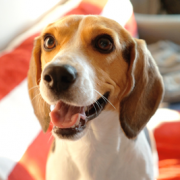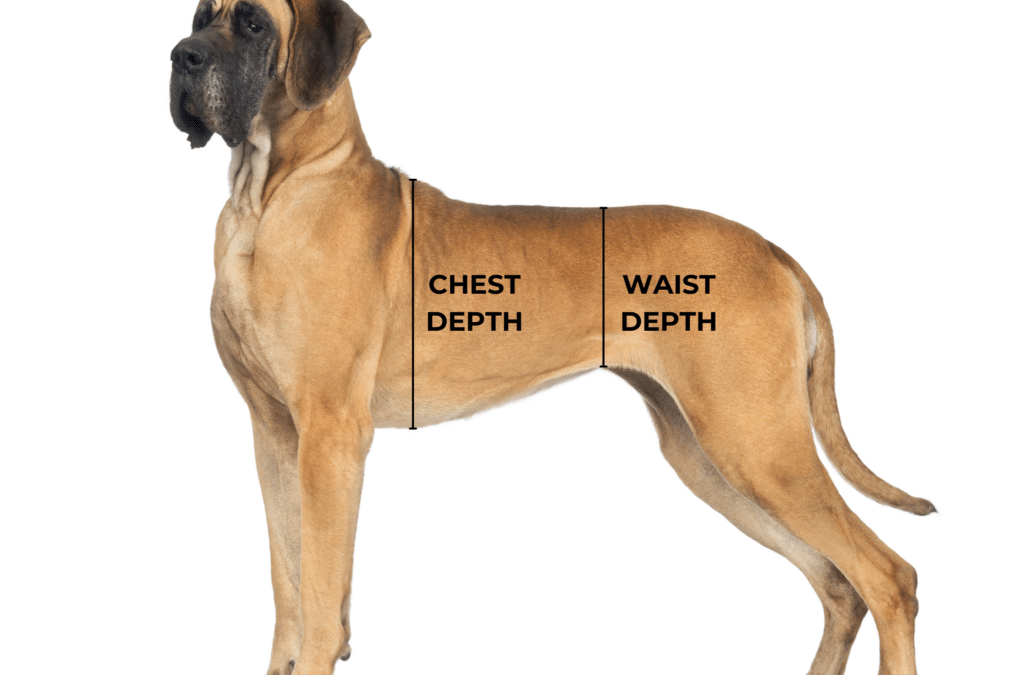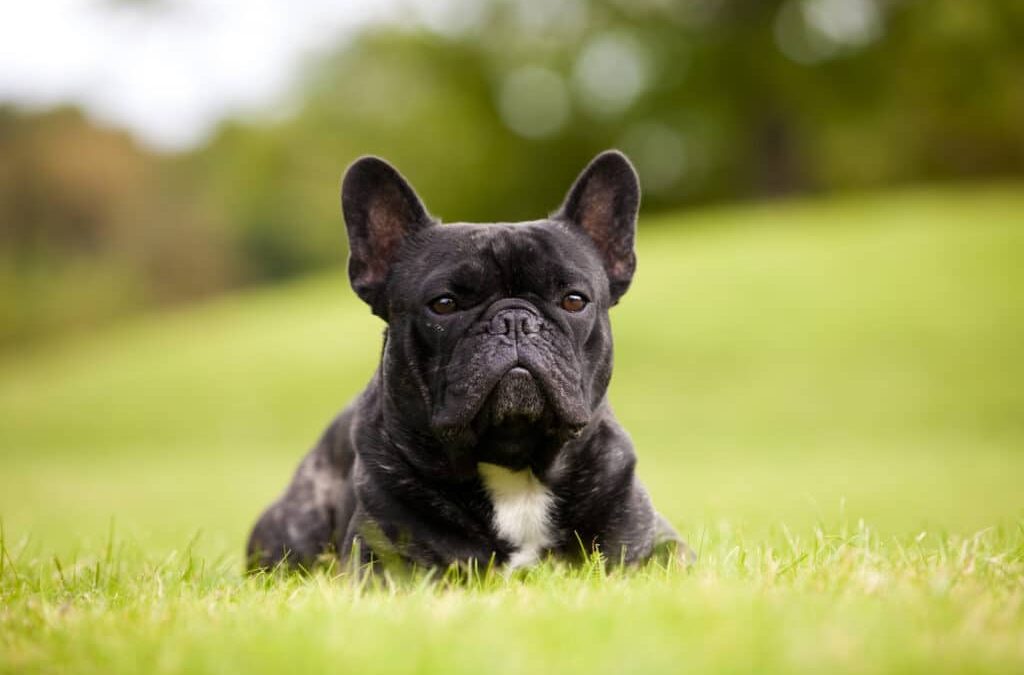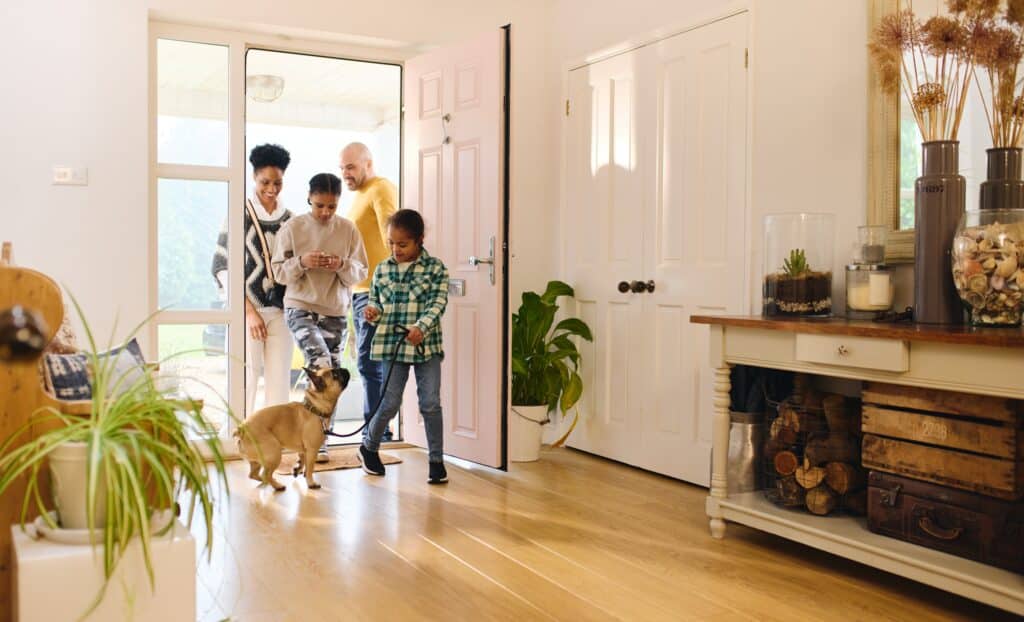
Exciting Ultrasound Technology Will Help Veterinarians Diagnose Dogs
Dr. Phil Zeltzman, DVM, DACVS, CVJDog Checkups & Preventive Care

Chris Longenecker, a Certified Veterinary Technician in Reading, PA, contributed to this article.
Mack, an 8-year-old Beagle, presented for lameness in his right, back leg. Mack was otherwise a very healthy dog. His blood work was all normal and he tested negative for Lyme disease.
I suspected that Mack could have an early ACL tear; however, X-rays were not convincing, and neither was my physical exam. Still, he was clearly sore in his knee. I always trust my gut, and I had a feeling that jumping to surgery was not a good idea.
In the past, my additional diagnostic options would have been limited, and all of them would have required general anesthesia:
- Arthroscopy involves placing a tiny camera in a joint, but it cannot help when studying muscles, tendons and some ligaments.
- An MRI would have let me look into any body part, but its availability is limited, and again, it would have required general anesthesia.
Orthopedic ultrasound for dogs
You may think of an ultrasound as a tool to look into a dog’s belly, e.g., a pregnant female or a puppy who swallowed something he shouldn’t have.
That’s true, but an exciting branch of ultrasound technology (first used in equine sports medicine) is now gaining acceptance for smaller animals— orthopedic ultrasound. It allows veterinarians to study muscles, ligaments, tendons and joints in a completely non-invasive and non-painful way. At worst, an uncooperative patient may need sedation.
How did the orthopedic ultrasound help Mack?
Instead of recommending surgery to “explore” Mack’s knee and to possibly repair a torn ACL, I suggested performing an orthopedic ultrasound.
It showed that the ACL was slightly irregular in thickness. Its appearance was uneven. The conclusion was mild deterioration of the ACL.
Armed with this new information, I told my client that I did not think Mack was a surgical candidate. I did not recommend surgery at this time. Rather, we would rest Mack very strictly for four weeks and reassess the situation. Only short leash walks were allowed. We also started him on a glucosamine joint supplement and a special diet, rich in fish oil, specifically designed for patients with arthritis.
One month later, Mack was feeling much better. After a few more weeks, Mack’s knee function became completely normal.
As you can see, the ultrasound completely changed the course of treatment.
What else do veterinarians use orthopedic ultrasound for?
Orthopedic ultrasound has become part of my workup for any injury to the Achilles tendon. It can help tell me whether an injury is due to trauma or deterioration of that tendon, which changes the way I treat the dog. Additional uses include:
- Muscles (e.g., biceps): to look for tears or contracture
- Ligaments (e.g., ACL): to look for tears
- Tendons (e.g. Achilles tendon): to look for partial or complete rupture
- Joints: in the knee, we can study the meniscus, which is a pad of cartilage that can get torn or crushed
In addition, orthopedic ultrasound can be used to monitor the healing of a tendon or a ligament.
How can orthopedic ultrasound help your dog?
If your dog has an orthopedic injury and the diagnosis is not 100% obvious, you may want to discuss obtaining an orthopedic ultrasound. Be aware that few people are able to perform and interpret this kind of ultrasound, which is still considered a highly specialized test.
Questions to ask your veterinarian:
- Would an orthopedic ultrasound be helpful in my dog’s situation?
- Who would perform it?
- Who would read it?
If you have any questions or concerns, you should always visit or call your veterinarian — they are your best resource to ensure the health and well-being of your pets.



